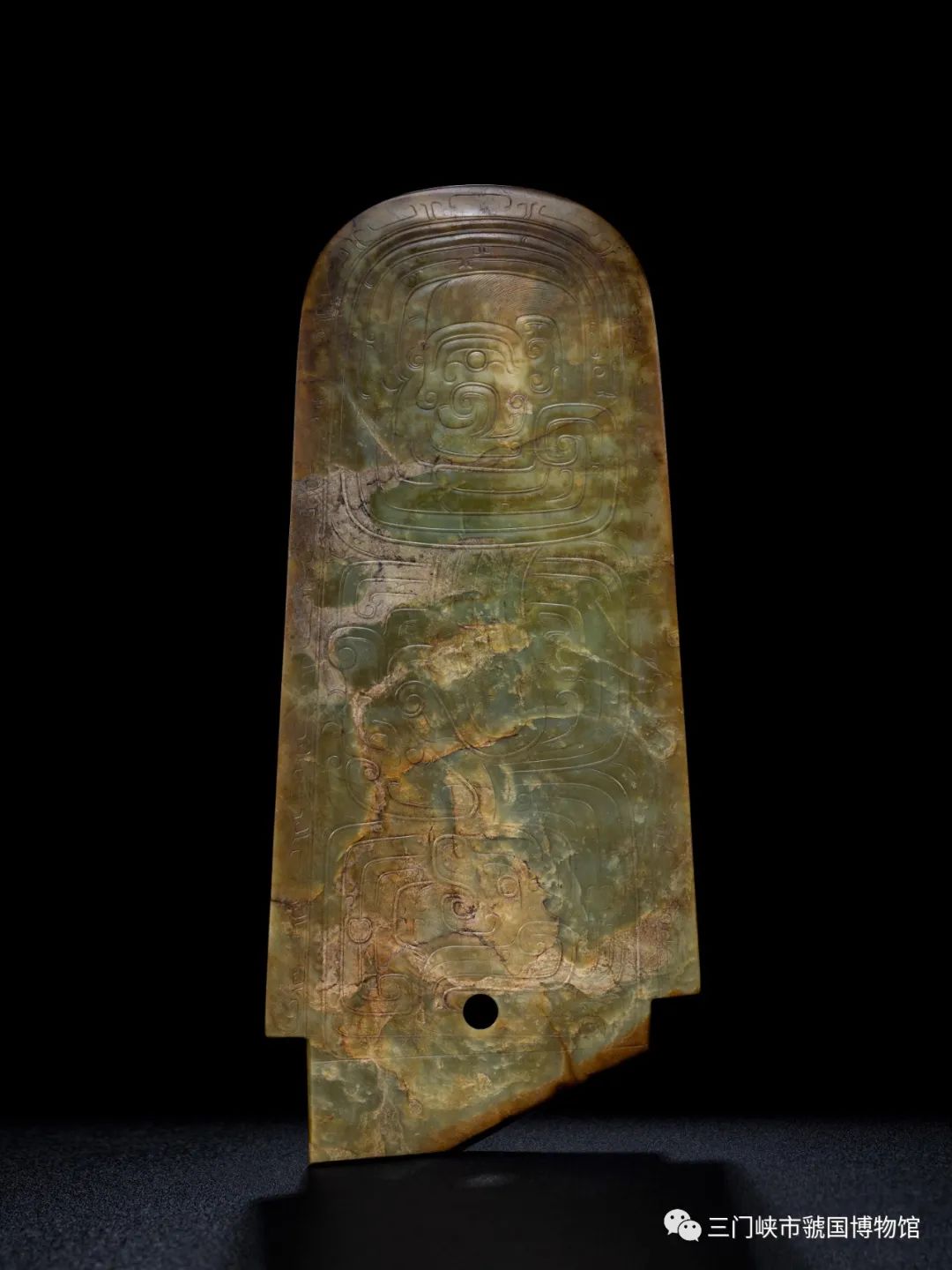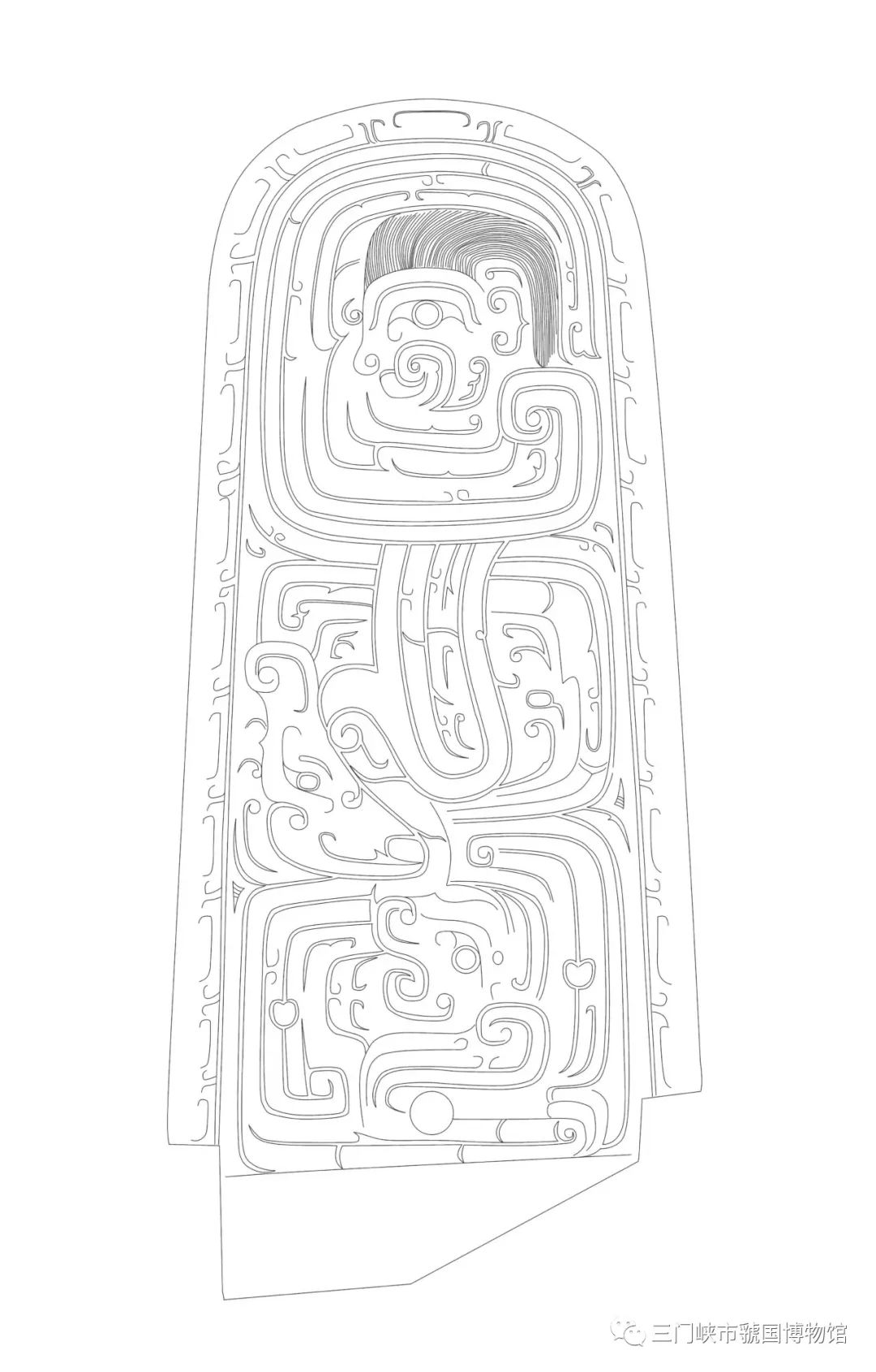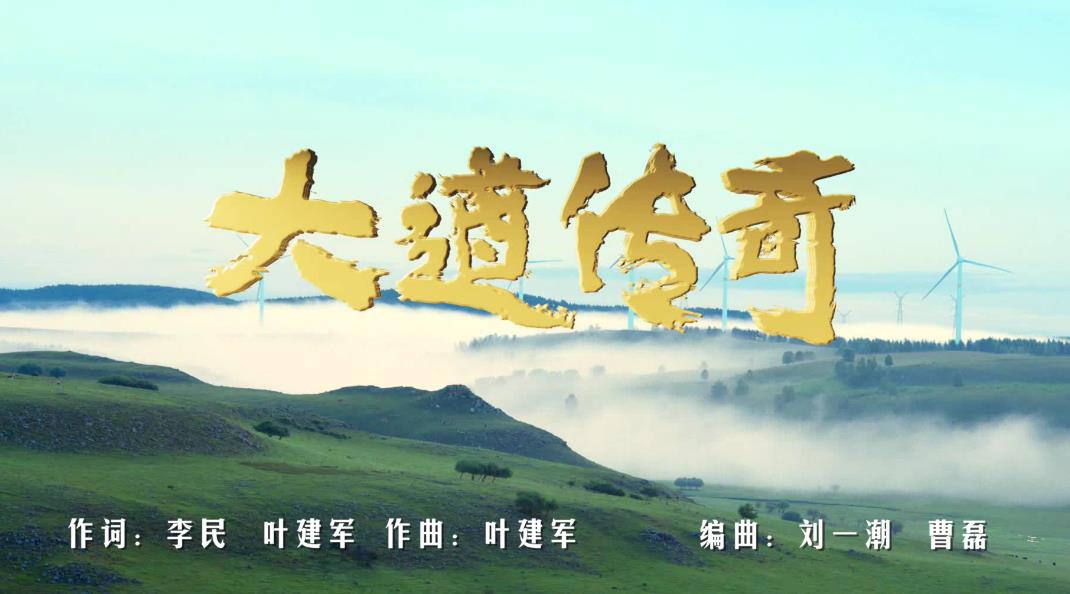[虢 【藏 【] The identity symbol of the kingdom of the country -man dragon pattern jade 璋
Author:虢 虢 虢 Time:2022.09.04

Name: Human Dragon Tattoo Jade
Times: Western Zhou Dynasty
Size: 33.3, 14.9 widest, 0.7 cm thick
Source: M2009 Tomb Tomb, Sanmenxia City Cemetery
Cultural relics level: national first -class cultural relics
Collection unit: Sanmenxia City Museum Museum
The jade was unearthed in the M2009 Tomb of the Grave Cemetery of Sanmenxia City in 1990. When unearthed, there are four cracks, and there are traces of cinnabar and silk fabrics on the back. Jade. Dark beans are blue, most of them are yellow -brown or yellow and white. The jade is delicate and slightly transparent. The overall is similar to the shovel. The upper end is a arc -shaped double -sided blade. The two sides are thin and have the blade. The lower end of the lower end has a round hole. The front back of the back is the same. The upper part is decorated with people's faces, long hair is flowing, with fine hair, shared hair, and the corner of the eyes, high nose, large moleca ears; Drotting simple C -shaped stealing curvature. This jade is the largest and thickest single -piece jade unearthed in the cemetery of the country. It has unique shapes, clever ideas, fine decoration, and smooth lines.

Regarding the shape and functions of, the current academic opinions have different opinions. Most of the forms of Mr. Xia's "knife -shaped blade" are mostly used; functional can be used as a ritual, sacrifice, device, convergence, ritual hiring or mascot. For example, "Zhou Li · Kao Gong Ji • Jade Man" records that there are five shapes: Chi Yan, Daji, Zhongzhang, Bianzhang, and Denta. Chiyu is a ritual dedicated to sacrificing the gods of the south; Daji, Zhongzhang, and Bianzhang are specially sacrificed by the heavenly worship of the mountains and rivers of Tiandi; the tooth and Zhongzhang can be used to mobilize and manage the army. "Zhou Li · Daorui" records: "The eyebrows, the crickets, the 璧, the 琮, the 琥, the Hu, and the 璜 璜 《, the sparse 琮 to converge the corpse." Here refers to the 璋 to converge the corpse. "The Great Puppets are also like this, the princes are hired by the female" recorded in "Zhou Li · Kao Gong Ji", "Poetry Xiaoya Stanan" recorded "Nai Sheng Man, bed of bed, clothing of clothing "It is said that jade can be used to hire and mascot.
This person's dragon pattern jade is 33.3 cm long. The whole device is carved from a complete Hetian green jade. It is unearthed in the upper part of the coffin cover of the Junxian Tomb of the country of the country. Jade, jade, jade, and other rituals should have the attributes of Li Yu, which should be a symbol of the status of the tomb owner.

The theme decoration is a composite dragon, which is one of the common decorative themes of jade wares in the Western Zhou Dynasty. Human beasts above the jade wares generally have the meaning of protecting or auspiciousness. The image of the jade man is mainly a description of people who have the power in the real society. The upper side of the jade is bent on the side of the knee squatting, the face is solemn, and the hair is curled backwards and elegant, giving a strong dynamic. The middle part is decorated with two dragon patterns. Under the human body, a dragon is under the foot of the person, and the dragon body curls strongly, as if it is going to be empty. The overall shape is complete and unique. The jade people may represent the image of Zhou Tianzi's "acting on behalf of the sky", symbolizing that people can control the dragon, communicate with the gods with the gods, and pray for Cathay people's peace and Jiangshan Yonggu.
Judging from the current archeological excavation materials, there are fewer Yuyu unearthed in the Western Zhou Dynasty. Currently, only the tombs of the princes of the Taiqing Palace of Taiqing Palace in Luyi, Henan, the tomb of the aristocratic tomb of the Koyu Village in Beiyao, Luoyang, the tomb of the national monarch of Sanmenxia City and the tomb of the noble lady A small number of senior aristocratic tombs in Fufeng Huangdui Village, Shaanxi. This person unearthed from the Grasson Cemetery, the dragon pattern jade, represents the highest level of jade at that time in terms of shape, decoration or workmanship. Its preciousness is self -evident. effect.
(Photo Editor: Display Management Department)
- END -
The first "Long -Tibet Temple Stele" National Kaishu Calligraphy Competition Delayed Draft
The reporter learned from the Shijiazhuang Calligraphers Association that the first Long -Tibet Temple Stele National Kaishu Calligraphy Contest's deadline was postponed to September 10, 2022.Shijia...
The song "The Legend of the Avenue" takes you to appreciate the magnificent style of the National Scenic Avenue

The National Landscape Avenue meanders on the mountain dam in the Inner Mongolia P...